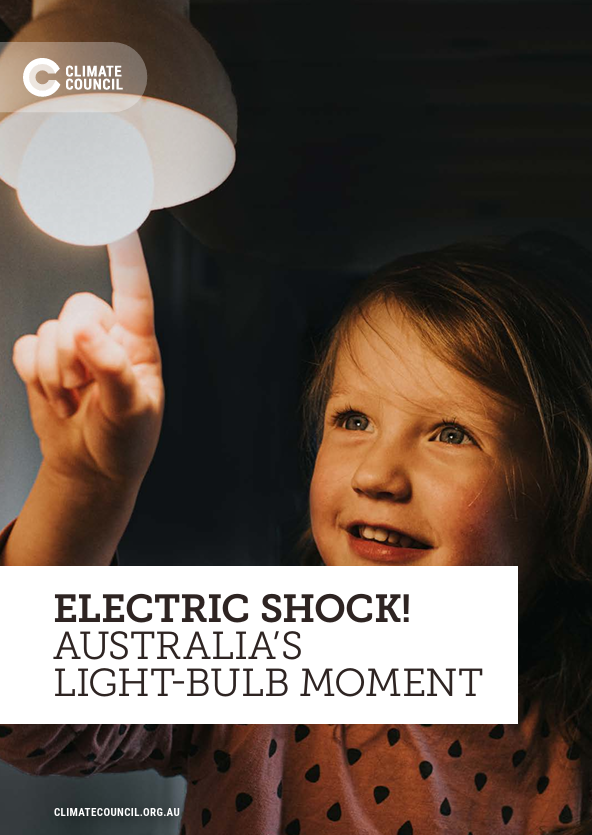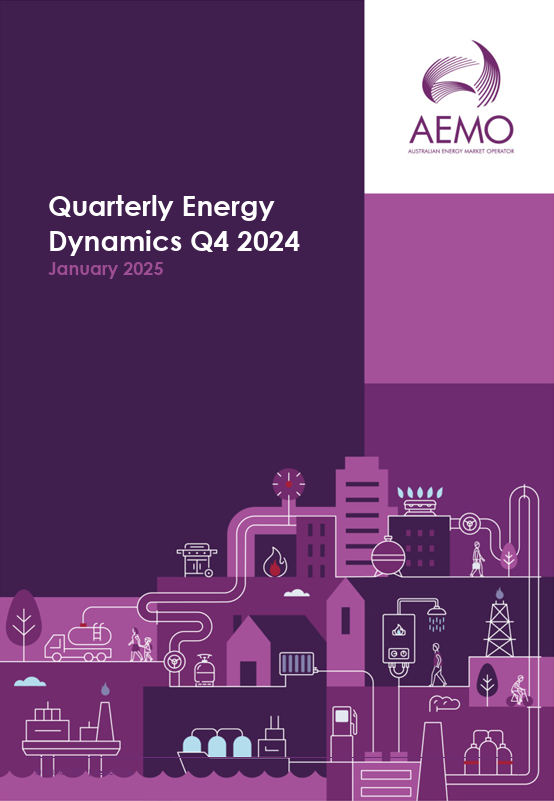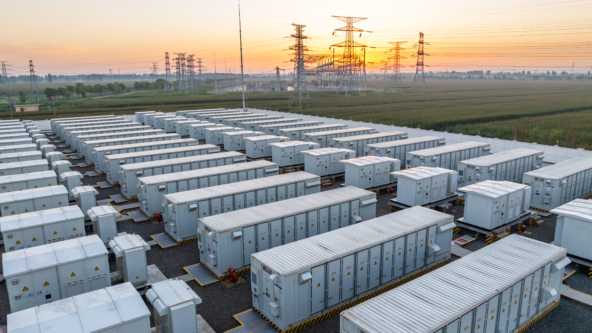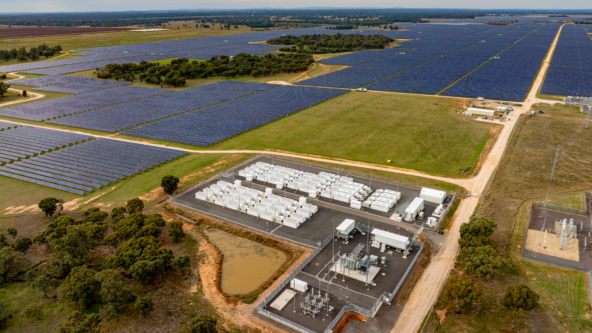Climate Council report shows Australians are underestimating the contribution of renewable energy
| A report from the Climate Council, one of Australia’s leading climate change communication organisations, has found that very few Australians understand the significant and growing contribution of renewable energy sources to Australia’s electricity generation mix. The report revealing that less than 1 in 10 know the scale of renewable energy’s contribution to the energy mix – which last year was around 40% of generation. Other public blind spots identified in the report include Australia’s target of 82% renewable electricity generation by 2030, and Australia’s world leading position in the roll out of distributed solar (which is the highest per capita in the world). Positively, the study found that 81% of respondents wanted to learn more about how the energy system is changing – the report emphasises that mixed messages from some areas of the media are muddying the positive outcomes that the roll out of renewables throughout Australia is fostering. |
AEMO’s Quarterly Energy Dynamics highlights the changing dynamics of the National Electricity Market
| The Australian Energy Market Operator recently released its Quarterly Energy Dynamics report for Q4 2024. The quarterly report provides energy market participants and governments with information on market dynamics, trends and outcomes, crucial to making informed decisions on energy investment and policy. This quarter’s report highlights how the continued growth of distributed solar PV is changing National Electricity Market dynamics. Distributed PV saw an all-time quarterly high in all NEM regions, and also saw the highest average output of over 4GW, 18% higher than the previous record. In turn this drove record low operational demand in the middle of the day, with load being met by the distributed solar. The quarter also saw high prices, particularly in the northern states of New South Wales and Queensland, with demand growth, transmission constraints and coal availability all contributing. Renewable sources reached a record 46% of the overall NEM supply mix, and the contribution of coal dipped below 50% for the first time in a quarter. As a result, the grid’s emission intensity reached an all-time low as well. |
Canadian study finds significant productivity boost when combining agriculture and utility scale solar
| A recent study to be published in the leading energy journal Applied Energy, has found that the practice of controlling vegetation on grid scale solar farms with sheep grazing has significant potential to increase productivity and optimise land use. In a mutually beneficial relationship, solar farm owners obtain weed control through a safe means, and the farmer obtains grazing area for the sheep. Octopus Australia is currently exploring the possibilities of agrisolar on its Blind Creek Solar Farm and Battery project, which sits on the shore of Lake George, around 30km north east of Canberra. Agrisolar will be integrated into the design of the farm, to improve lamb production at the site and facilitate regenerative agricultural principles. |
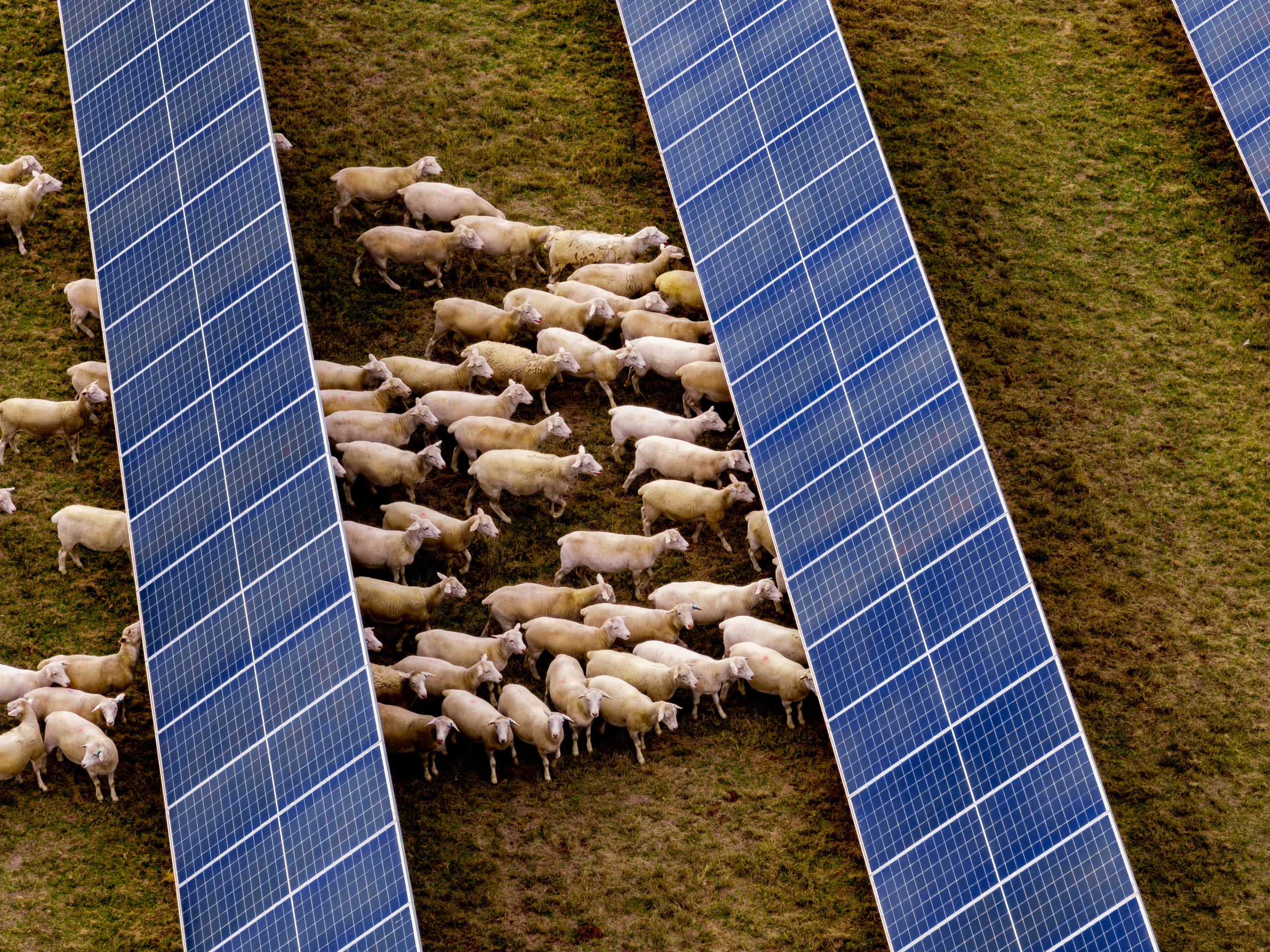

Did you know?
Research shows we can supply all of Australia’s domestic energy needs with renewables, and that would directly use 1,200 square kilometres of land – equivalent to just 0.02% of our land mass.1
| 1 Climate Council, Electric Shock! Australia’s Light-Bulb Moment |
